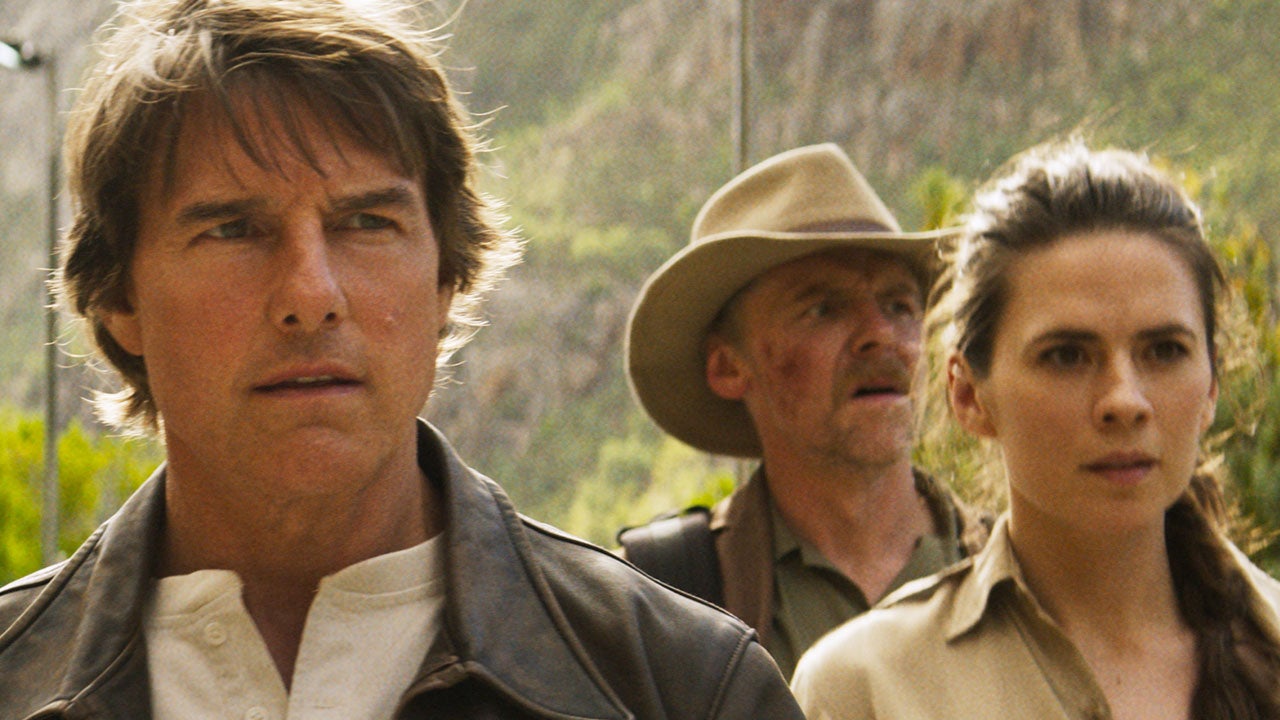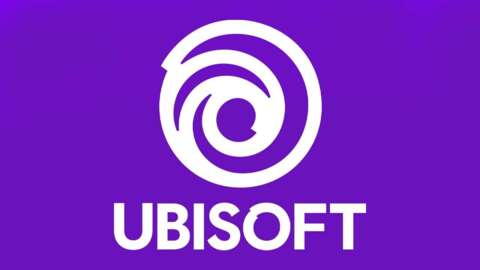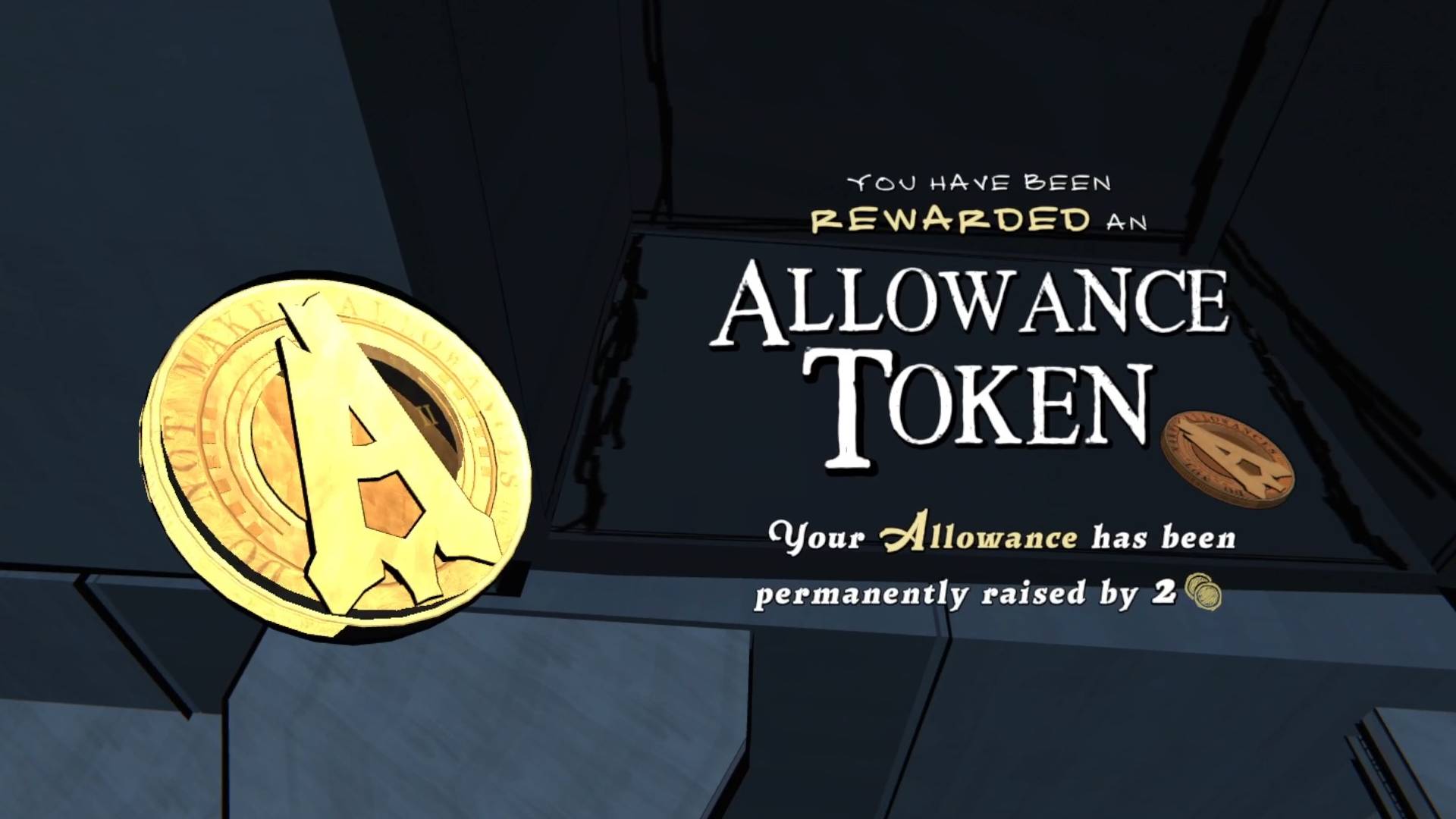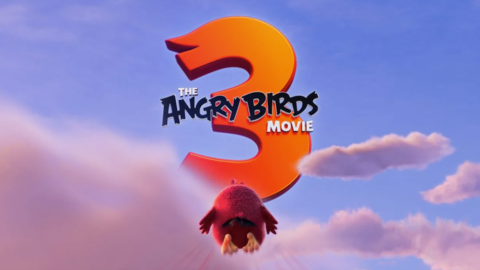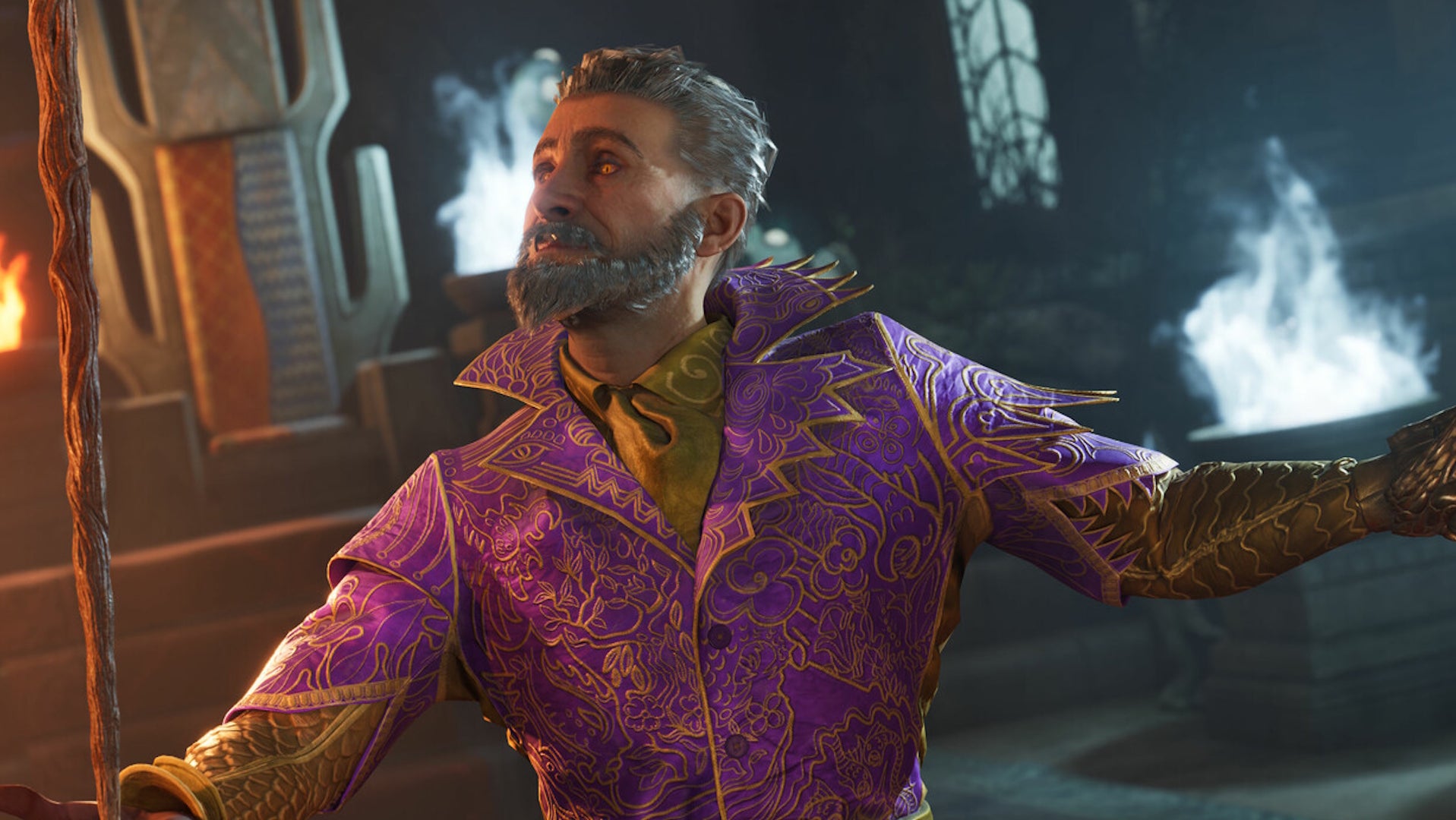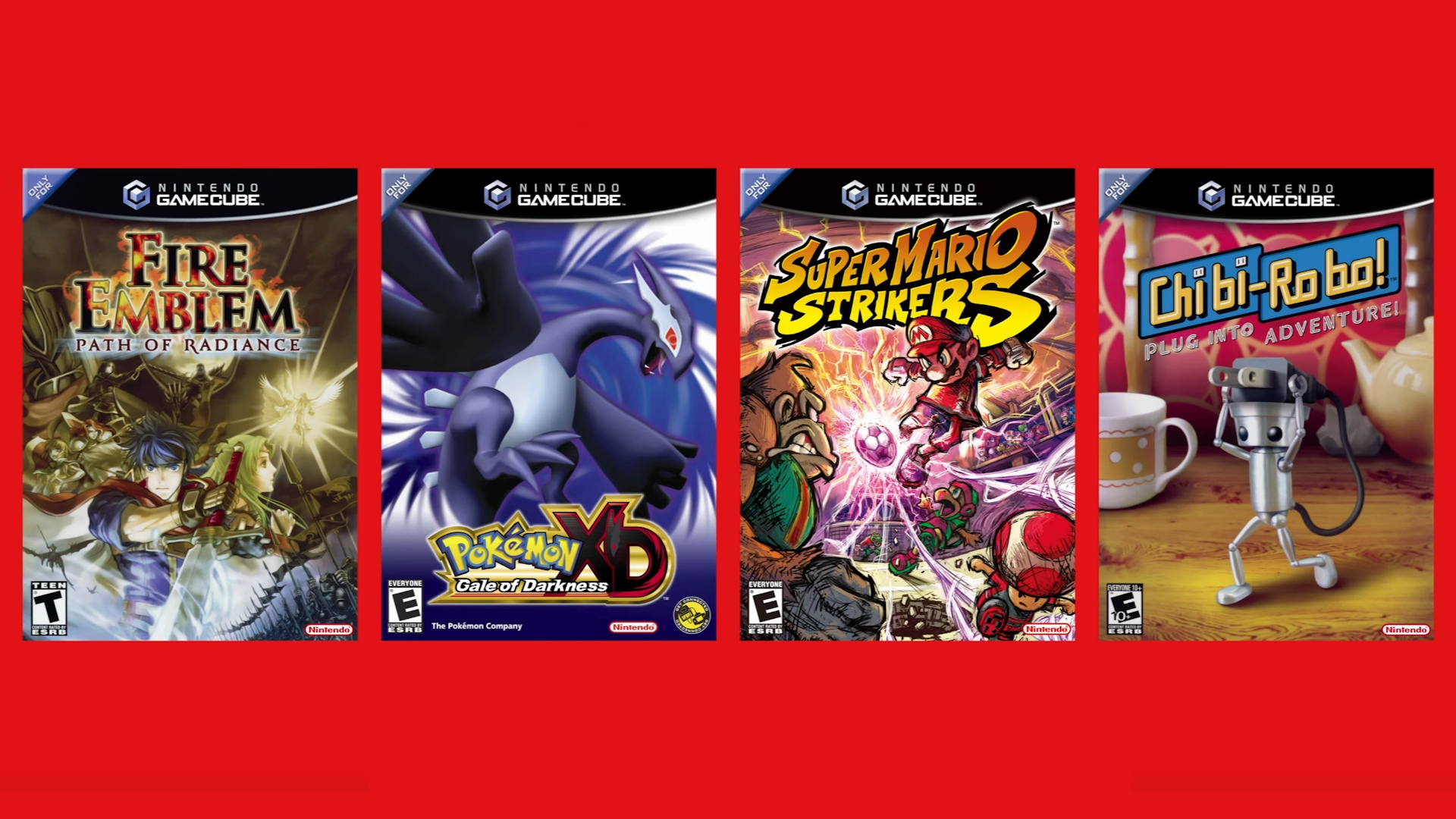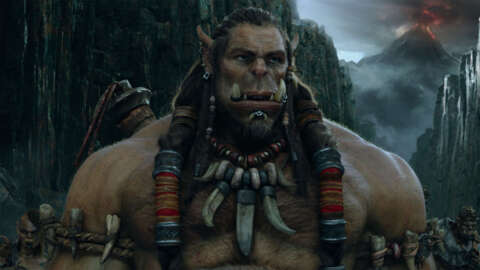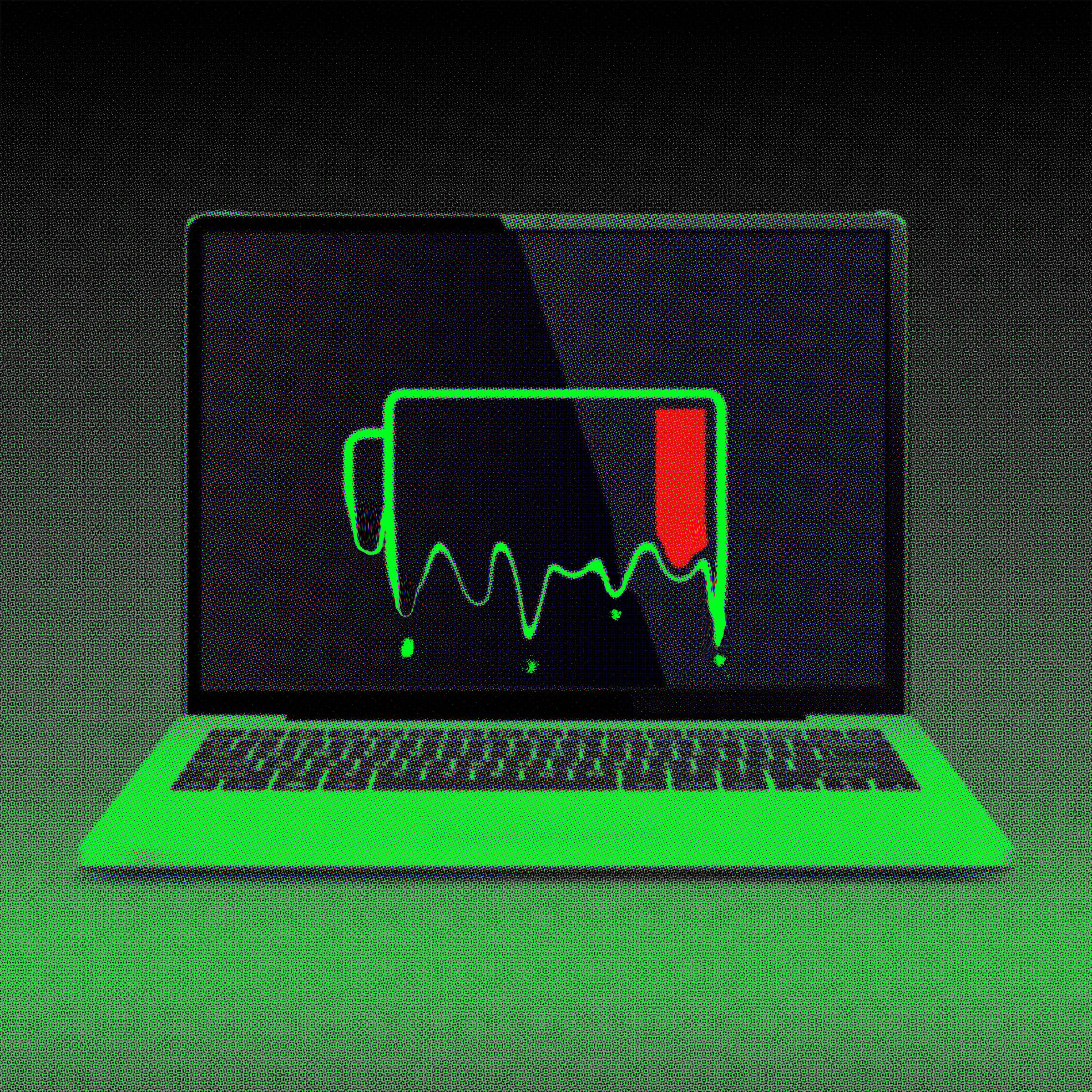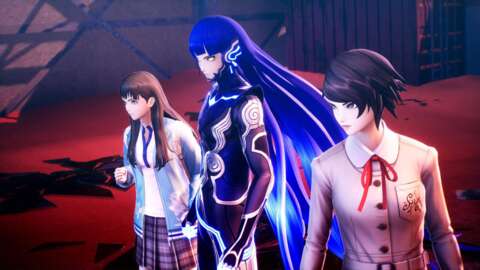
Warning: This article contains full spoilers for Mission: Impossible - The Final Reckoning.
Red alert, Tom Cruise fans, because Mission: Impossible - The Final Reckoning is now in theaters. The eighth and (maybe?) final installment in the long-running action franchise seemingly intends to wrap up the Ethan Hunt saga, culminating in the final battle behind the Impossible Mission Force’s top agent and the villainous artificial intelligence known as The Entity. But despite all the hype, The Final Reckoning is something of a letdown, with IGN’s Clint Gage saying in his review that the movie “tries to deal with no less than the end of every living thing on the planet – and suffers because of it.” Given that Mission: Impossible has delivered some of the best action films of the past couple of decades, why does this latest entry feel so limp in comparison?
It’s a more complicated answer than you might expect. A lot of what goes wrong with The Final Reckoning is not contained solely to the film itself, but can also be traced back to cracks in the foundation from previous entries that finally caught up with the filmmakers here. The Final Reckoning tries to present itself as a finale for the entire series, as if this has been one giant story going all the way back to the first film, but that’s not how Mission: Impossible used to work. Let’s take a look at how The Final Reckoning exposes the franchise’s greatest flaw.
One Mission Too Many
Originally titled Mission: Impossible - Dead Reckoning: Part Two, The Final Reckoning is not just trying to tie up the plot threads from the last film, but also serves as a grand finale for the whole series. Yet even though The Final Reckoning comes in at nearly three hours, the finished product is incredibly unwieldy, simultaneously feeling like it has both too much and too little going on at the same time. There’s an ungodly amount of exposition regarding how we got here, elaborating on all of the things Ethan and his team need to do to save the day, and this takes up so much screen time before they actually start doing any of it. What we end up with is a movie that is constantly insisting that stuff is happening where little of consequence actually happens.
The movie frequently jumps between the massive cast of characters, which not just includes most of the still living recurring cast but also a handful of new members. It’s telling that the opening titles can barely squeeze in all the names before the iconic theme finishes up. The deluge of plot (go here, get this, go there, do that, etc., etc.) makes for a numbing viewing experience that resembles Ethan’s interfacing with The Entity early in the film. A tsunami of words and images assault Ethan, somehow imparting what he needs to accomplish, but with little in the way of emotional context that would make the journey worth investing in. There’s not a lot of weight in saving the world if we don’t care about the world in the first place.
Add in Esai Morales’ Gabriel being a flat villain with no clear motivations, Ethan being separated from his team for a huge chunk of the runtime, and multiple subplots that go nowhere (what’s the deal with The Entity’s cult?), and it becomes clear The Final Reckoning needed some serious reworking both on the page and in the editing suite. The movie doesn’t even fully deliver on the one thing audiences expect from Mission movies: the stunt setpieces. There are really only two (!) of them across the three hours, those being Ethan’s underwater trek into the crashed Sevastopol submarine, and the aerial showdown between Ethan and Gabriel in a pair of biplanes. They’re well-executed for what they are, but given how long the movie is and how much money they spent on it (potentially up to $400 million), surely the filmmakers could’ve sprung for some more, well, impossible missions in their Mission: Impossible movie.
The Serialization Snafu
Beyond the weirdly low number of big set piece moments, the next most jarring aspect of The Final Reckoning is how it treats the franchise’s history. There is a liberal use of stock footage from previous installments, playing clips (sometimes more than once) when characters mention an event or plot element from the older films. In small doses this is perfectly fine, but The Final Reckoning overuses this device to the point of absurdity. Making matters worse is the rather disingenuous way The Final Reckoning bends the previous movies and its own plot into pretzels in an attempt to manufacture a greater sense of finality to this installment that the series hasn’t truly built towards.
It might be hard to remember now since director Christopher McQuarrie has been the custodian of this franchise for a good decade, but the Mission movies only started feeling properly serialized under his stewardship. But going back to the first film, the Mission: Impossible series was made of mostly stand-alone films to start, with each one having little continuity-wise to do with the others. There were some recurring characters and Ghost Protocol made it clear at the end that Ethan is separated from but still looking out for his wife Julia from M:I 3, but otherwise the Mission films weren’t telling one ongoing story. The franchise started off as one of the holdouts from the wave of serialization that took over the film industry at the turn of the millennium.
That all changed with McQuarrie’s era, where he made the sixth entry, Mission: Impossible - Fallout, into a direct sequel to his first film in the series, Rogue Nation. Since 2015, McQuarrie’s Mission films have built on characters and story threads with each subsequent entry, making the franchise feel like a proper saga. All well and good, but trying to reach back further and retroactively tie in the first four movies the same way is cumbersome. Reveals like Shea Whigham’s character being the son of Jim Phelps (Jon Voight from the first film) or that the Rabbit’s Foot, the unspecified MacGuffin from M:I 3, was actually a proto-version of The Entity AI (despite M:I 3 claiming the Rabbit’s Foot was biohazardous in nature) come off as confusing and unnecessary. It’s an unforced error, but there are also some forced ones because of questionable choices made in previous films.
The Sum of Our Choices
To be clear, there is a lot of talent and craft put into The Final Reckoning. McQuarrie proved himself as an action director with Rogue Nation and Fallout, which many agree are the two best entries in the franchise. Cruise is as much of a charismatic screen presence as ever, and he acquits himself admirably in the stunt setpieces we do get. The supporting cast is full of enjoyable personalities like Hayley Atwell, Simon Pegg, and Pom Klementieff. But surface virtues can only carry a shaky foundation so far, and The Final Reckoning finds itself unraveling at the seams not just by its misguided attempts to tie previous franchise canon together, but because the narrative world established by previous films is not capable of supporting such an ambitious level of scale.
Specifically, The Entity is a threat to all life on the planet. Ethan Hunt and his IMF friends are being asked to safeguard humanity from nuclear extinction. But the audience can’t invest in those kinds of stakes because the world of Mission: Impossible is so thinly sketched. Virtually no element intrinsic to the Mission: Impossible universe has been given any dimension in previous films; not even the IMF itself, since the organization remains nebulous at best and Ethan goes rogue from it in nearly every entry. Plot devices and factions are all simply some version of “The Noun”: the Syndicate, The Entity, the Rabbit’s Foot, the Acolytes, and on and on, with no further elaboration.
This wasn’t an issue before Dead Reckoning because the series wasn’t interested in world-building beyond portraying Ethan Hunt as an unshakable axis upon which the world pivots, using Cruise’s “the last movie star” energy as the IP’s biggest draw. But now The Final Reckoning wants to be seen as the culmination of a world that has no definition.
The ways The Final Reckoning can’t live up to its ambitions can best be summed up with the last scene, where Ethan meets with his team one last time. We have Hayley Atwell’s Grace, Simon Pegg’s Benji, Pom Klementieff’s Paris, and Greg Tarzan Davis’ Theo. This is supposed to be the big goodbye to the franchise, but only Benji is a longtime player. Ethan only met Grace and Paris in the last film, with the latter being a villain for most of that one, and Theo feels like a random tagalong in this one. Ving Rhames’ Luther Stickell dies in the first act of The Final Reckoning, and Rebecca Ferguson’s Ilsa Faust suffered an incredibly ill-conceived death scene in Dead Reckoning. Now to be fair to Ferguson, she wanted out of the franchise, but her chemistry with Cruise and the integral role she played in the team dynamic is sorely missed here. We can’t help but imagine a far more emotionally impactful final scene where Ethan says goodbye to Benji, Luther and Ilsa (and sure, throw in Grace and Paris for good measure) over the one we actually got.
How would that film actually work? It’s hard to say. It likely would have necessitated not doing Dead Reckoning as a two-part film, or perhaps it was unavoidable between the COVID-19 pandemic and the 2023 WGA and SAG-AFTRA strikes. All we can do is evaluate the film in front of us, but sadly, despite all the talent of everyone involved, The Final Reckoning is far from Mission: Impossible’s finest hour.
Carlos Morales writes novels, articles and Mass Effect essays. You can follow his fixations on Twitter.
